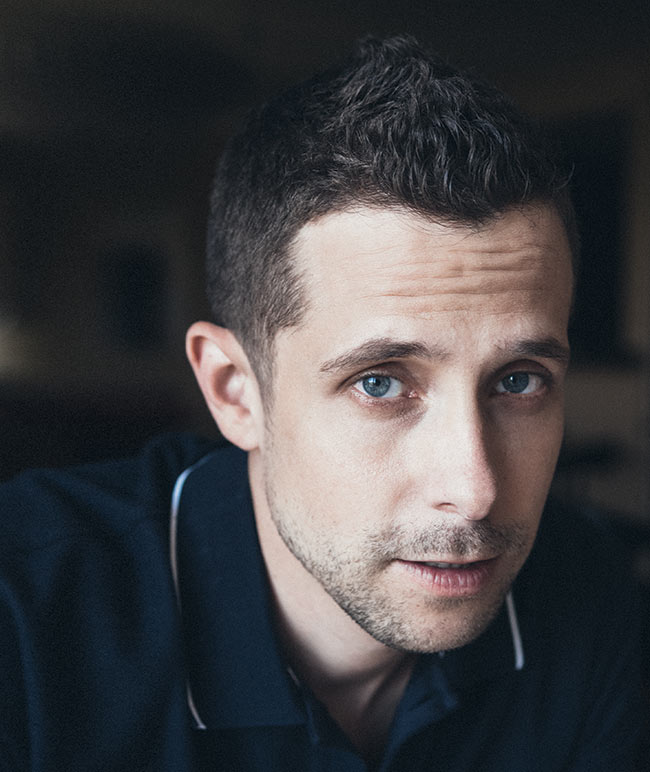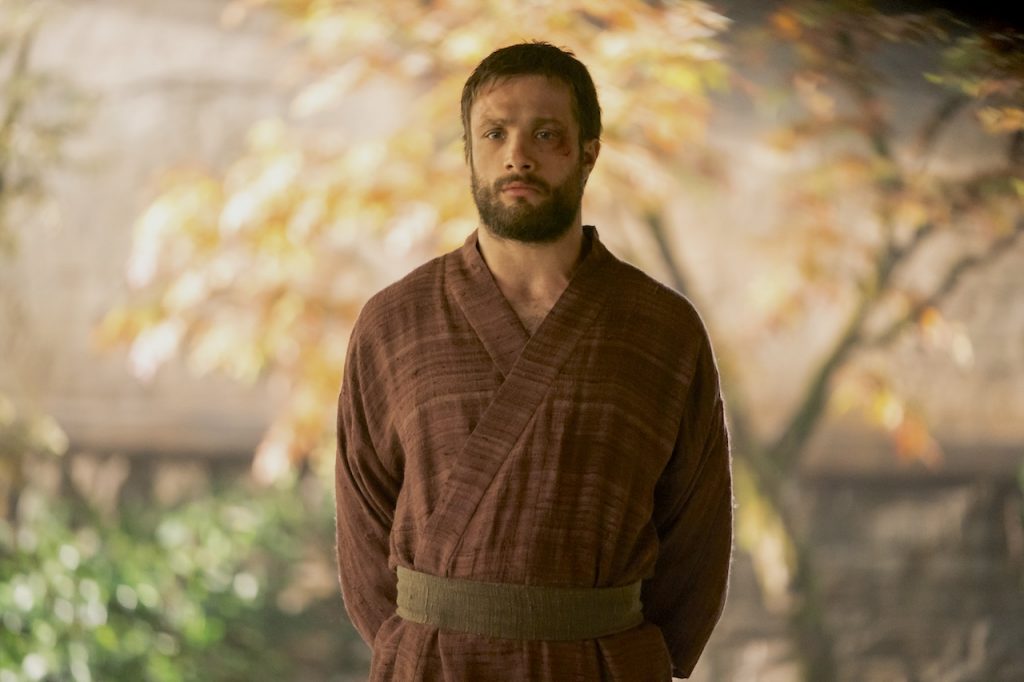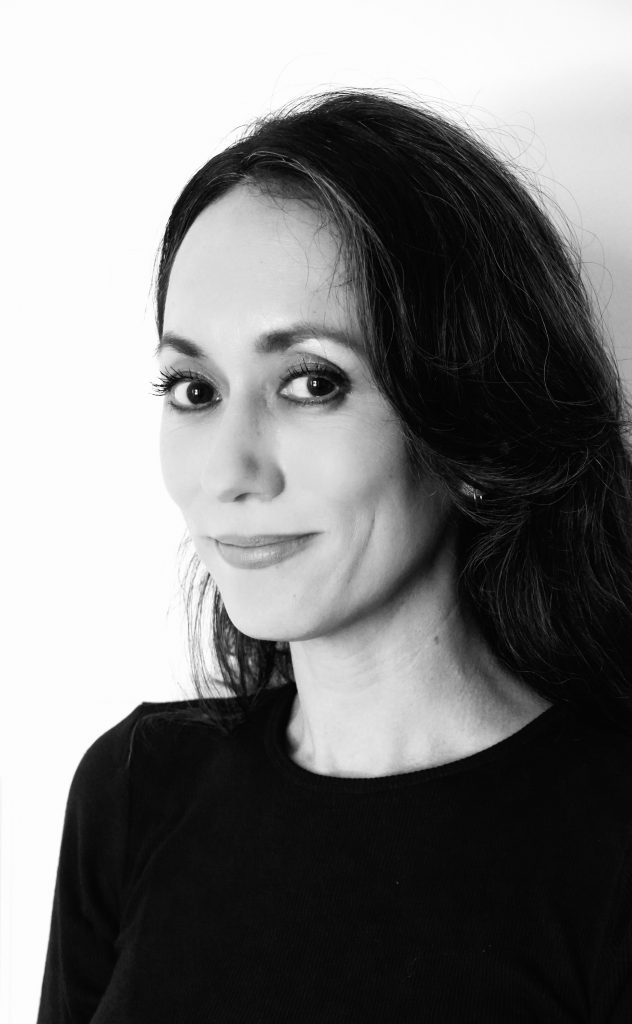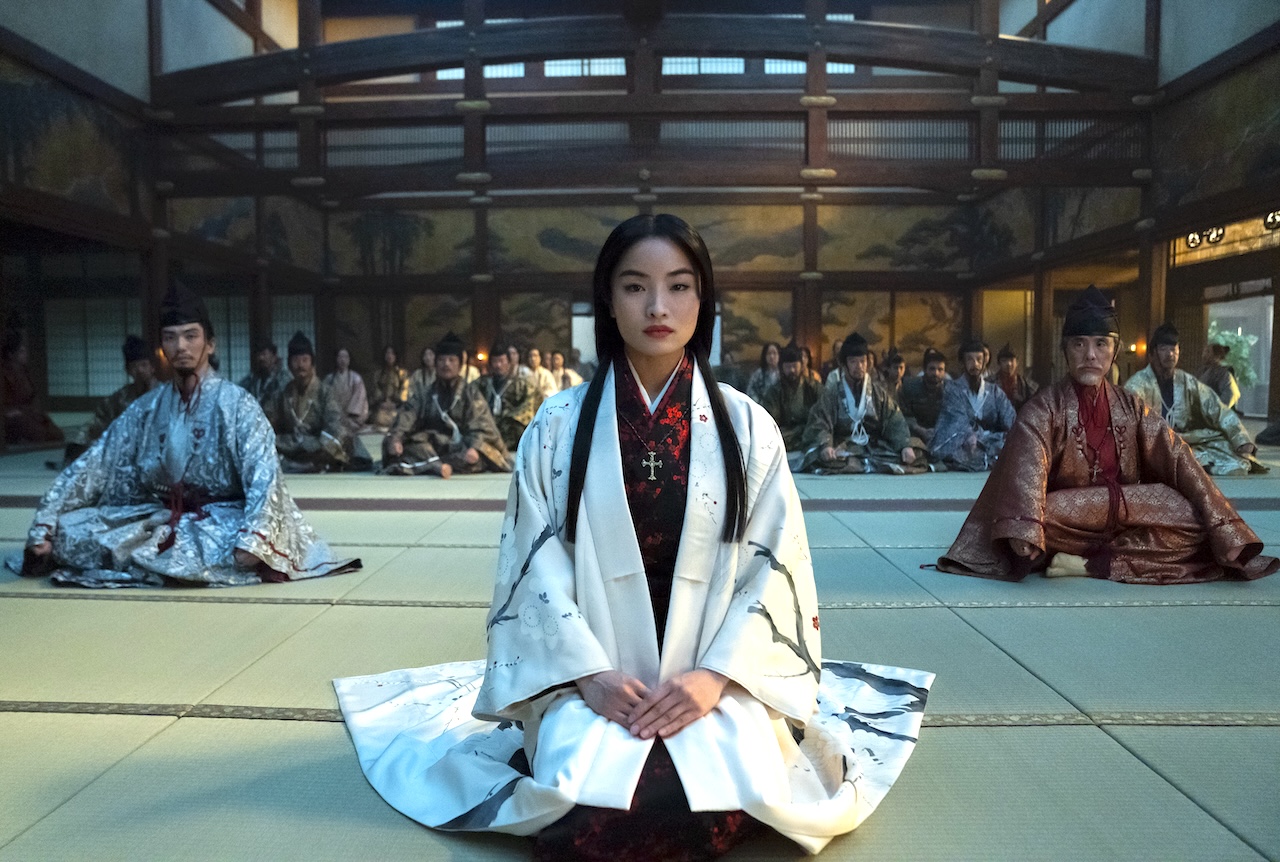- Justin Marks & Rachel Kondo Discuss Their Stunning Adaptation Of “Shogun” (Part 1)
- Justin Marks & Rachel Kondo Discuss Their Stunning Adaptation Of “Shogun” (Part 2)
Shogun (Shōgun) is a richly-textured story that explores Japan in 1600 following a bloody civil war that desecrated the nation for almost a century in James Clavell’s best-selling novel first published in 1975. In 1980, it was adapted into a television series, and now, co-creators Justin Marks (Top Gun: Maverick, The Jungle Book) and Rachel Kondo give this timeless story a new lease of life in a ten-episode limited series.
“We weren’t born when Shogun first came out. When we came to it, it was purely out of curiosity. I knew that there was a ground story that was based and steeped in Japanese history and culture. It’s a great project for me to get involved in as a person of Japanese heritage,” says Kondo. She also mentions that it was a very steep learning curve because being Japanese-American is very different than being a Japanese national.
“At the very beginning, it was a practice in humility, and a practice in zeroing oneself out, so we could have the maximum space to learn and grow and to hear from experts,” she continues.

Justin Marks. Photo by Shane McCauley
“There is a silhouette that the book possesses that has lingered in our culture in a lot of ways, and has had a ripple effect,” adds Justin Marks. “I was maybe a little troubled by it, because initially, without having read the book, the silhouette was something of this stranger in a strange land story. It was a story that maybe we had seen before.” Clearly, as the showrunners adapted Shogun, they appreciated the majesty of this epic, multi-layered story of a very volatile and transitional period in history.
Marks describes Shogun as the “novel on your parents’ nightstand” which has made an indelible impression on Western culture. It was more than a clash of cultures and values as East meets West, but rather, an acclimating and appreciating of vastly different modes of thinking against a colonialist backdrop.
As new generations of fans come on board, Shogun keeps reinventing itself with something new to say.
“It’s a remarkably modern, intersectional story. It’s a surprising story about these kinds of narratives and how we can posit characters like Yoshii Toranaga (Hiroyuki Sanada), Toda Mariko (Anna Sawai), and John Blackthorne (Cosmo Jarvis). It’s a story about how we encounter other cultures, how we encounter ourselves within those cultures, and find that we ultimately think how big a place do we really have?” expands Marks.
Containing The Sprawling Story Of Shogun
Shogun covers so much thematic, character, and story terrain, that the writers risk diluting its essence and overwhelming audiences with too many details. Marks credits his background as an architect to keeping the story on track. “People talk about grand or small scale buildings, but there’s really ultimately only one scale that matters, and that’s the human scale,” declares Marks. “Everything else falls by the wayside when you start to engage with the story on a human level. You start to look at the story as a reflection of the experience of these main characters more than the events.”

John Blackthorne (Cosmo Jarvis) Photo by Katie Yu/ FX
Author James Clavell did much of the world, character, and plot template building in his novel and introduced the characters as an ensemble. Kondo and Marks didn’t quite appreciate the magnitude of their undertaking during their five year writing journey to get their version of Shogun to the screen. “A lot of it felt very chaotic in the beginning, simply because we were learning how to receive the story, learning how to rework it, and how to think about it. And so, we had to do all of that learning while we were creating the machine that would ultimately help us tell the story,” states Marks.
Defining The Sengoku Period
Shogun is set in Sengoku Period of Japan. “1600 is at the tail end of nearly a century of infighting amongst the clans of the powerful bushos (warlords) of Japan at the time. We encounter Japan at a threshold moment. The country was looking to figure out what the next one hundred years would look like. Each busho, each of the powerful lords, had their own ideas. And Yoshii Toranaga, our character, who is based on Tokugawa Ieyasu, his vision for Japan differed greatly from that of the other bushos‘” highlights Kondo.
“I think the way to define the Sengoku Jidai, which is what has led to 1600, is that it was a period of lawlessness. It was a period of might makes right. We think today of Japan as a kind of monolithic culture, which is a very wrong way to see it, because it was a culture of many warring ideological cultural factions,” elaborates Marks.
Japan was searching for the great unifier that would rule all these factions. And in doing so, almost tore it apart.

Rachel Kondo. Photo by Katarzyna Szloser
“During this time, Europeans were coming to Japan with colonial intentions. “The Portuguese first came over fifty years before the story begins, and had effectively, together with the Spanish, had of a monopoly on trade with Japan and the rest of the world. They managed to commandeer the silk trade, especially with China, because of past relations. China and Japan weren’t really on good terms, and so, the Portuguese inserted themselves in the middle of that and profited greatly to the point of usury,” notes Marks.
“The Japanese really had no perspective on this until a Dutch ship with an English pilot in the form of John Blackthorne shows up and starts to bring some truths, that maybe certain members of the Japanese contingent knew. Now, they are starting to come to see the light of day and that’s really where the story begins in the series.”
Life And Death
A unique aspect of Japanese culture is the meaning of life and death and how markedly it differs from that in Western cultures.
Rachel Kondo brought her vicarious understanding of these concepts to the writers’ room to start the conversation. “Most of us in the room were Asian-American women, and we bring our Western sensibilities to it.” But Kondo knew they had to bring these concepts to the next phase to really authenticate them.
They started with the concept of Seppuku. Kondo and Marks struggled to wrap their heads around it. That is where the finer nuances of life and death were explained to them on a complex level by the many Japanese producers, cast, and crew.
“We were trying to reach into something deeper because there is a pathos to it. A fixation on death is an act in itself. What we began to understand is this idea of death as an expression of life and that it can sometimes be used as a weapon of protest,” states Marks.
“When we started to see that, we see Blackthorne’s journey over the course of ten episodes to understand that this is not a pathos at all. It is actually a deep affirmation of the value of a life well-lived and an expression of that. We thought that was quite beautiful and quite life-affirming.”
The hope of Kondo and Marks’ adaptation is that a relatively culturally unfamiliar Western audience, would travel with Blackthorne through cultural nuance and language adjustments in Shogun.
